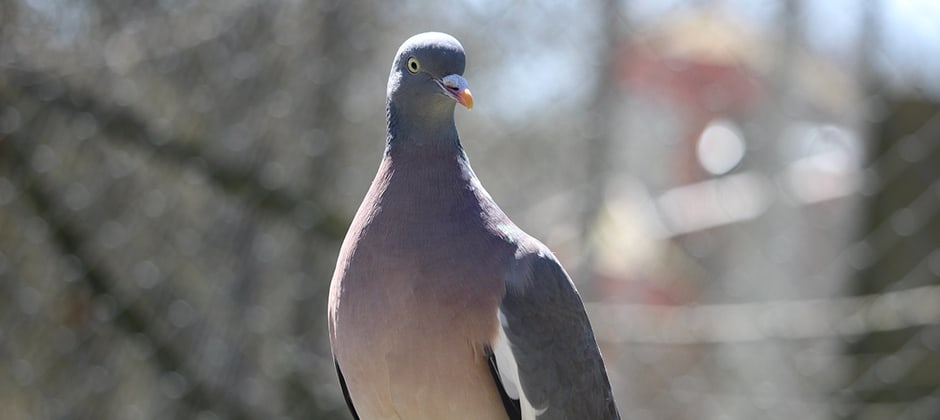Share this article
To survive city life, birds benefit from brains or breeding
Birds that thrive in urban environments either have larger brains or the ability to reproduce multiple times throughout their lifespan, researchers found.
Past research showed that birds with larger brains had higher intelligence in cities when it came to finding new food sources. But other research showed species with smaller brains, like pigeons, were also successful in cities.
“We wanted to study what was going on and why previous studies didn’t find concluding evidence,” said Ferran Sayol, a postdoctoral researcher in the department of biological and environmental studies at the University of Gothenburg and lead author of the study published in Frontiers in Ecology and Evolution. Sayol and his colleagues suspected there were multiple strategies birds were using to thrive.
The team collected data from 27 different cities throughout the world from already published studies on how many birds of each species live inside and outside cities. They also took note of brain size and biological factors, including how many times the birds breed and how long they live. For the species they didn’t have information on, Sayol studied natural history museum specimens to measure brain size. In total, they collected data on 600 species.
The researchers found it was true that species with larger brains did well in cities. But they also found that species that breed multiple times throughout their lifespan, like pigeons, also did well. However, species that had both of these characteristics didn’t succeed in cities. Sayol said this may be because having both of these characteristics is energetically costly. “It’s difficult to invest in both things at the same time,” he said.
As a result, species with larger brains that reproduced fewer times were successful. These include species like the black-capped chickadee (Poecile atricapillus), American kestrels (Falco sparverius) and the American crow (Corvus brachyrhynchos). Species with smaller brains that reproduced frequently were also successful. These species included mourning doves (Zenaida macroura), swifts and swallows. Species that didn’t do well in cities that have small brains and don’t reproduce often include the Virginia quail (Colinus virginianus) and the American goldfinch (Spinus tristis).
Sayol said this information can help inform conservation in cities. “If we want to have more biodiversity in our cities, we need to know which species are already doing well or which are disappearing,” he said. “If we know which species are not able to live in cities, then we can change how our cities are built to allow species to live there.” This may mean adding bigger parks or connecting forests to them, he said.
Sayol hopes to look into what exactly large brained species use their brains for. He also hopes to look further into why species with large brains and multiple reproduction opportunities aren’t successful in urban areas.
Header Image: For some birds, brains help them survive in the city. For others, like doves, pigeons and swallows, their ability to frequently breed pays off. ©Jo Dainty








